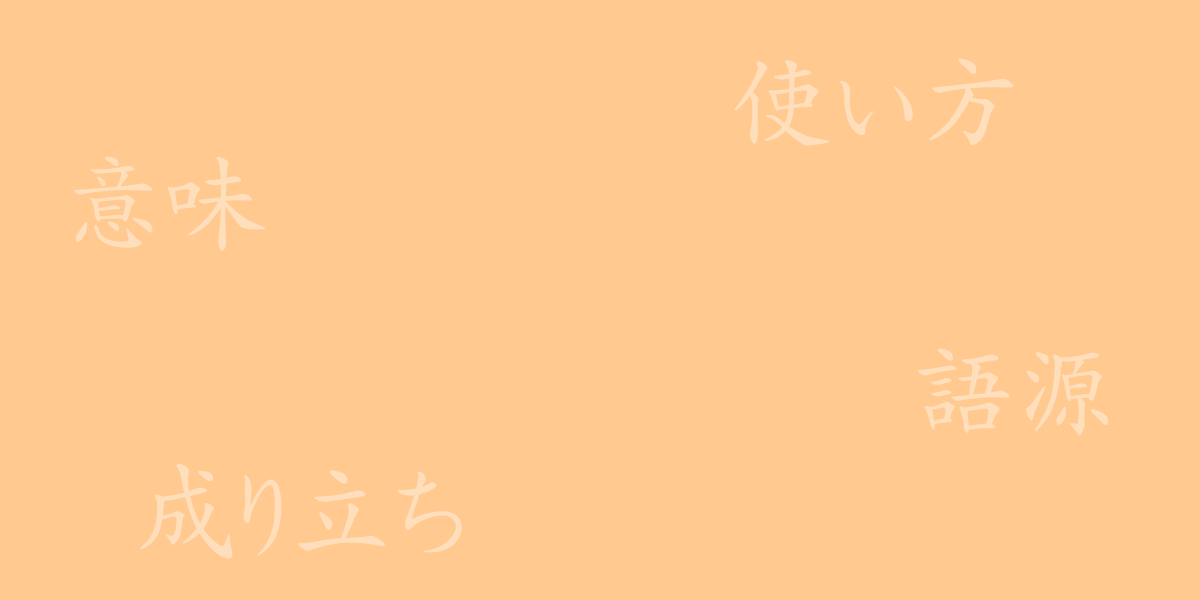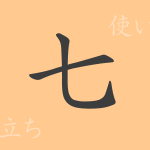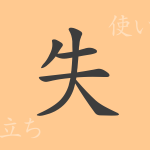In the Japanese language, there are numerous kanji characters with over a thousand years of history. Among them, the particularly striking kanji is “𠮟(しかる),” a common kanji in Japanese. This article delves into the origins, meanings, usages, and idioms involving “𠮟(しかる),” unraveling the stories hidden within each kanji character and exploring their allure.
Origins of 𠮟 (Etymology)
The origin of “𠮟(しかる)” is ancient, and tracing its etymology is challenging. However, it is believed to stem from an ancient Chinese character that signifies “to silence someone.” This character underwent unique evolution as it was transmitted to Japan and is now recognized as a distinct common kanji in Japanese.
Meanings and Usage of 𠮟
The kanji “𠮟(しかる)” is primarily used in its verb form “𠮟る(しかる),” which means to scold or reprimand someone, similar to “叱る(しかる).” This kanji is often used to convey a forceful admonishment or to urge someone to pay attention.
Readings, Stroke Count, and Radical of 𠮟
The kanji “𠮟(しかる)” has the following characteristics:
- Readings: The on’yomi (音読み) is “シツ,” and the kun’yomi (訓読み) is “しか.る.”
- Stroke count: “𠮟(しかる)” consists of 14 strokes.
- Radical: The radical of this kanji is “口(くち),” meaning mouth.
Idioms, Phrases, and Proverbs Using 𠮟
Although there are not many idioms or proverbs containing “𠮟(しかる),” expressions like “𠮟り散らす(しかりちらす)” are used. “𠮟り散らす(しかりちらす)” describes the act of scolding people harshly and indiscriminately.
Conclusion on 𠮟
The common kanji “𠮟(しかる)” is a significant character in the Japanese language, carrying the meaning of reprimand. While its usage may be limited, it can leave a strong impression depending on the context. Through this article, we hope to deepen your understanding of “𠮟(しかる)” and enhance your appreciation for the rich expressive power of the Japanese language.

























